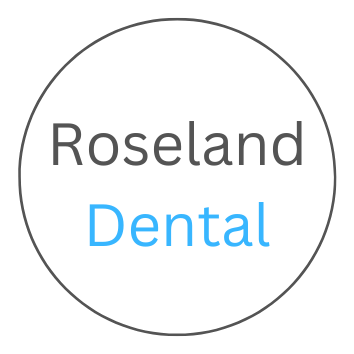You’ll be surprised to know that you may still have plaque between your teeth even if you brush your teeth for two minutes twice a day. That’s because a regular toothbrush is only able to reach 60% of the tooth surface. For the 40% that is difficult to reach, brushing with an interdental toothbrush at least once a day is recommended, making this yet another habit in our daily hygiene routine.
Red or bleeding gums can be an indication of accumulating bacterial plaque that cannot be reached. Therefore, if we add an interdental element to our brushing, we can reduce the amount of plaque and improve both gum and general oral health. It’s just a simple technique but it does have great benefits.
When plaque and bacteria has not been removed effectively from around the teeth and gums it can cause gum disease. Gum disease is the inflammation of the gums.
When gum disease is present, it is not uncommon for the gums to bleed. After a few days of correct interdental cleaning and good toothbrushing the inflammation caused by gum disease should start to resolve and the bleeding should start to reduce as well.
Interdental brushes come in a wide range of sizes and shapes, and to make life easy, they are often colour coded, so you can easily tell the sizes apart. For correct use, they should just about fit through the gap, brushing the sides of each tooth to remove the plaque.
The ideal option for very narrow gaps, is the use of dental floss.
Keeping gums and teeth healthy is fundamental to prevent gum inflammation and cavities. Dental plaque is constantly forming on all surfaces of our teeth.
Our hygienists can advise you on the best way to care for your teeth and gums at home, including an effective daily cleaning routine, using the right interdental products.

